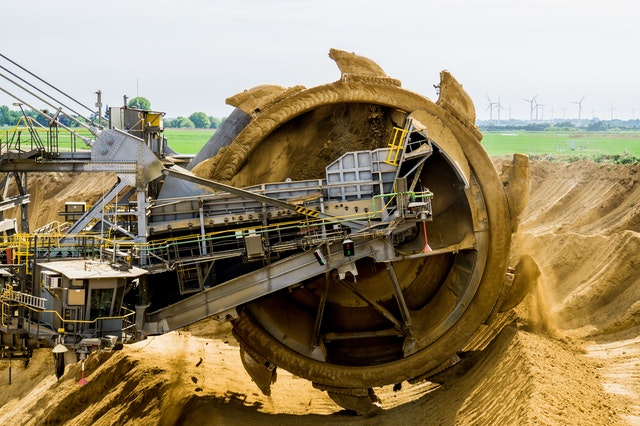Australia’s iron ore exports are estimated to reach a new record high $137 billion this year as world steelmaking recovers from an historic recession. The report estimates that LNG prices are set to decline by about $50 billion and copper rates are also on the incline. However, Australia is one of the world’s largest exporters of iron ore and other minerals, and its exports have traditionally been among the lowest-cost providers. The recent slowdown in China, however, has dampened Australian iron ore export growth. As a result, Australia’s overall import bill, already quite high, is set to rise yet again, with the trade deficit expected to rise above the $40 billion mark in the next financial year.
Iron ore accounts for a major proportion of Australia’s exports. The world’s second largest coal exporter, Australia is also the world’s largest exporter of precious metals, including gold, silver and platinum. The world’s largest producer of uranium, Australia is also the third largest exporter of natural gas. Australia’s status as the world’s third largest exporter of minerals, coupled with its sizeable export market, means Australia’s economy is robust and highly resilient.
A main component of Australia’s economy is its massive iron-ore production, which makes up around one-third of Australia’s total exports. The main iron ore deposits in Australia are located in the Pilbara in Western Australia, the Hunter Valley in New South Wales and the Flinders Island region in Victoria. The Pilbara deposits are found in two separate basins, the Grampians and the Ebor deposit. Iron ore makes up about a fifth of Australia’s exports and much of this iron is used in the manufacture of steel. The second most important iron ore deposits in Australia are the Flinders and Ebor deposits, both of which produce a third of Australia’s steel.
Over the past decade, Australia has emerged as one of the world’s leading exporters of iron ore. During this period, iron ore export has provided a major boost to Australia’s economy, helping it to increase gross domestic product (GDP) growth by over 4%, as well as reducing the financial burden on the country through higher capital earnings. In recent years, as the global economic recession has continued to bite and the cost of essential commodities has steadily increased, Australia’s economy has contracted slightly. However, the strength of the country’s economy has remained intact, as Australia continues to increase its exports and manufacturing capabilities. This, in turn, has helped to underpin Australia’s dollar, which has strengthened against key currencies over the past year.
Iron ore, along with coal, is one of Australia’s major exports, accounting for around a fifth of Australia’s total exports. This means that the sector provides an enormous degree of potential growth for the economy. As the mining industry in Australia grows, so too does the demand for Australian iron ore. Australia’s government has taken aggressive steps to support this growth by facilitating a number of private and public mining ventures. Iron ore is Australia’s largest export, but a look at the market trends reveals that its per-unit production remains fairly stable, despite increasing competition from other countries.
exports of iron ore to continue to grow strongly, with Australia’s share of the global market steadily rising. Iron ore export receipts are growing fastest in South Africa, where production has more than quadrupled over the past two decades, but they are no match for China’s rise to power in the global economy. China’s share of the global iron ore export revenues is set to overtake Australia in the next few years, as the country continues to expand its industrial base.
Iron ore, however, is not just about raw material export. The mining sector also accounts for a huge amount of Australia’s economic activity. Many of Australia’s major companies are involved in various facets of the mining industry, creating a diverse range of employment opportunities for the population.
Over the last decade, Australia’s exports of thermal coal have become one of its key economic drivers. Thermal coal is primarily used to generate electricity in Australia, but it is also used in worldwide power markets, such as India and Germany. This global trend means that coking coal is set to become one of the main drivers of global commodity prices, due to its high availability and high demand. The outlook for exports of thermal coal looks particularly strong in the coming years, with Australia’s demand expected to rise slightly as Australia’s domestic demand for coal increases. Australia’s coking coal exporters are currently exploring new markets, in particular the Middle East.







